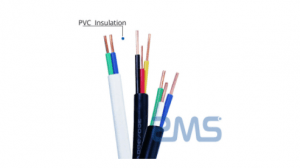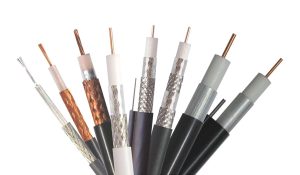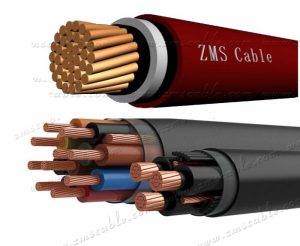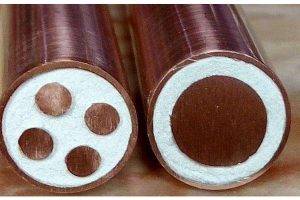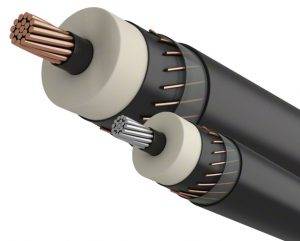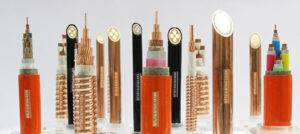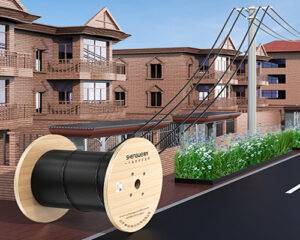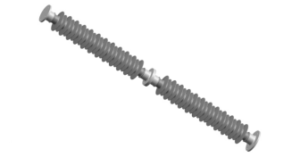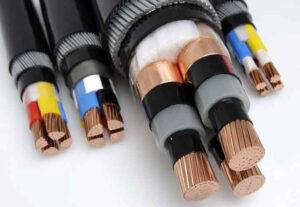PVC cable material is manufactured from polyvinyl chloride as the base resin., to which stabilizers are added, lubricants and inorganic fillers. It is prepared by mixing, kneading and extruding.
Although this material has mediocre properties and is not environmentally friendly enough, it is less expensive and the process is simpler. So, PVC remains one of the most widely used cable materials.


